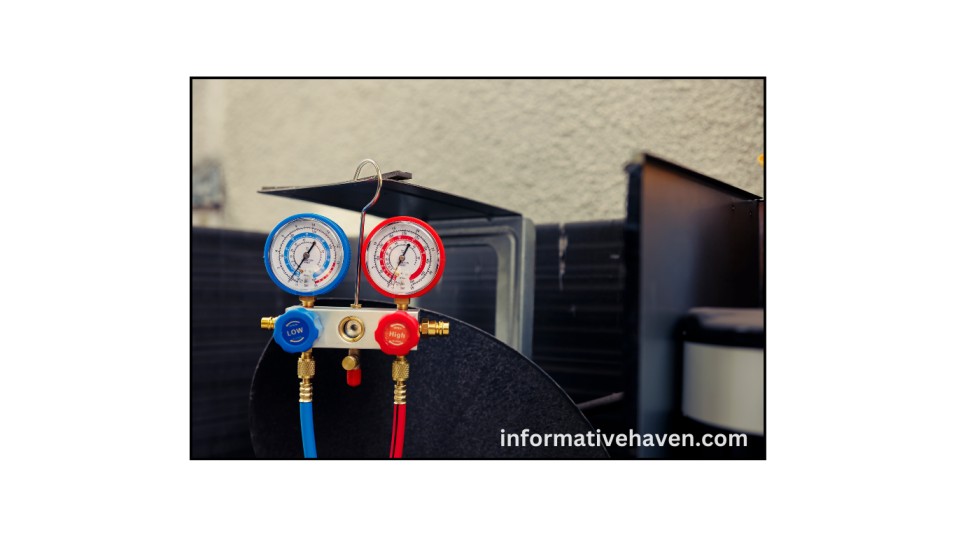
Water Heater Recirculating Pumps
A water heater recirculating pump is an advanced system that circulates hot water through the plumbing system, ensuring immediate hot water delivery when you need it. In homes with traditional water heaters or tankless water heaters, these systems are designed to reduce the wait time for hot water, providing both convenience and energy efficiency. The pump works by maintaining a loop of hot water through the pipes, ready to flow at the turn of a faucet, significantly reducing water waste while optimizing energy use. For homeowners with tankless water heater recirculation pumps, this technology ensures that hot water is always ready for use without unnecessary wait times.
How Does a Hot Water Recirculating Pump Work?
A hot water heater recirculating pump works by circulating water through the hot water pipes, keeping it heated and ready to flow as soon as you turn on the tap. The system consists of several key components:
- Pipes: These connect the pump to your plumbing system, ensuring that hot water can circulate throughout the house.
- Pump: This is the core component that moves water through the system.
- Valves and Sensors: These monitor the water temperature and pressure, ensuring that water stays hot and ready for immediate use.
For tankless water heater recirculation pumps, the system is designed to work efficiently by maintaining a continuous loop of hot water without the need for large storage tanks. Traditional systems, on the other hand, rely on larger water tanks and operate differently, but both offer significant improvements in convenience and energy efficiency.
Why Use a Hot Water Recirculating Pump?
Energy Efficiency
One of the primary reasons homeowners choose hot water recirculating pumps is for their energy efficiency. By reducing the time spent waiting for hot water, these pumps minimize water wastage and energy consumption. Homes with tankless water heaters or traditional systems can benefit from this, especially in cases where hot water is required quickly and frequently.
Convenience
The convenience of having instant hot water cannot be overstated. Whether you’re using a tankless water heater recirculation pump or a traditional system, the recirculating pump ensures that water is always ready for use without the long wait. This is especially helpful in households where multiple faucets may be used simultaneously.
Cost Savings
By reducing water wastage and energy consumption, hot water heater recirculation pumps can lead to lower utility bills. These pumps are a cost-effective investment, especially over time, as they continue to provide savings by minimizing the need for reheating and water wastage.
Benefits of a Water Heater Recirculating Pump
Instant Hot Water at Every Faucet
The primary benefit of a hot water recirculating pump is that it ensures hot water is immediately available at every faucet. Whether it’s a shower, sink, or bathtub, you won’t have to wait for water to heat up or waste water while waiting for the hot water to reach the tap.
Energy and Water Savings
Recirculating pumps help reduce water wastage, a significant contributor to high water bills. With immediate hot water available, there’s no need to let the tap run while waiting for the water to warm up. In homes with tankless water heaters, this feature ensures that water is heated only when needed, further conserving energy.
Improved Efficiency in Multi-Story Homes
In multi-story homes, hot water recirculating pumps are particularly effective. Long pipe runs in larger homes often mean that water takes longer to reach the faucet. A recirculating pump solves this issue by keeping hot water flowing throughout the pipes, ensuring faster delivery and reducing waiting time.
Environmental Benefits
The environmental impact of installing a hot water recirculating pump is substantial. By reducing water and energy waste, these systems help conserve valuable resources, contributing to environmental sustainability and lowering the carbon footprint of your home.
Types of Hot Water Recirculating Pumps
Demand-Controlled Recirculating Pumps
Demand-controlled pumps only operate when necessary. Using sensors to detect when hot water is needed, they conserve energy by not running continuously. This is an ideal choice for homeowners who want the efficiency of a pump without constant operation.
Timer-Controlled Recirculating Pumps
Timer-controlled pumps are programmed to operate during certain times of the day, such as in the morning or evening, when hot water demand is high. This feature can help homeowners save on energy bills by running the system only during peak usage hours.
Temperature-Controlled Recirculating Pumps
These pumps regulate water temperature and only activate when the water cools below a certain threshold. This provides precise control over water temperature, ensuring hot water is always at the perfect temperature when needed.
Installation of a Hot Water Recirculating Pump
Installing a hot water heater recirculation pump requires careful planning. Here’s an overview of the installation process:
- Evaluate the Plumbing System: Assess the existing plumbing setup to determine whether a recirculating pump can be integrated.
- Choose the Right Pump: Decide whether a tankless water heater recirculation pump or a traditional recirculating pump is best for your system.
- Installation Process: A professional plumber can install the system, connecting the pump to the water heater and plumbing lines. DIY installation is possible for some homeowners, but a licensed plumber ensures optimal performance.
- Testing and Adjustment: After installation, the system must be tested to ensure that it’s functioning properly and adjusted to meet the desired water temperature and flow rate.
How to Maintain Your Recirculating Pump for Long-Term Efficiency
Routine maintenance is essential for keeping your hot water recirculating pump in good working condition. Here are some tips:
- Inspect for Leaks: Check for leaks in the system that could affect performance.
- Clean Filters: Some systems include filters that need to be cleaned regularly to ensure optimal water flow.
- Check for Sediment Buildup: Sediment can clog the pump and reduce efficiency, so make sure to inspect the system annually.
- Monitor Temperature and Pressure: Regularly check that the pump maintains the desired water temperature and pressure.
Common Issues with Hot Water Recirculating Pumps
While hot water recirculating pumps are generally reliable, they can encounter a few common issues:
- Clogs and Sediment Buildup: Over time, mineral deposits can build up inside the pipes or pump, affecting its performance.
- Motor Failure: Like any mechanical device, the pump’s motor may eventually wear out.
- Sensor Malfunctions: If the system uses sensors to detect water temperature, a malfunction could result in inaccurate readings or improper pump operation.
Energy Efficiency and Cost Savings with a Recirculating Pump
Installing a hot water recirculating pump can result in significant cost savings over time. By reducing the wait for hot water and cutting down on water waste, homeowners can see lower utility bills. Compared to traditional water heaters or even tankless water heaters, these systems offer a more energy-efficient way to heat water while lowering overall household costs.
FAQs about Water Heater Recirculating Pumps
Q1: Can I install a hot water recirculating pump on a tankless water heater?
Yes, you can install a tankless water heater recirculation pump to ensure hot water is always available instantly, without compromising the efficiency of the tankless system.
Q2: Do I need to have a dedicated return line for the recirculating pump?
A dedicated return line is often required to ensure the pump can circulate water effectively, especially in larger homes.
Q3: How much can I save on my water and energy bills with a recirculating pump?
Homeowners can save up to 15-20% on their water and energy bills, depending on the size of the home and the frequency of hot water use.
Q4: Can I install a hot water recirculating pump in an existing water heater system?
Yes, hot water heater recirculation pumps can be added to most existing systems, though professional installation may be necessary to ensure compatibility.
Q5: Are there any environmental benefits of installing a hot water recirculating pump?
By reducing water waste and improving energy efficiency, hot water recirculating pumps contribute to environmental sustainability.
Conclusion: Are Water Heater Recirculating Pumps Worth the Investment?
In conclusion, water heater recirculating pumps provide significant benefits in terms of convenience, energy savings, and environmental impact. Whether you have a traditional water heater or a tankless water heater recirculation pump, these systems offer immediate hot water and lower utility costs, making them a worthwhile investment for many homeowners.
For more information, visit our homepage!






